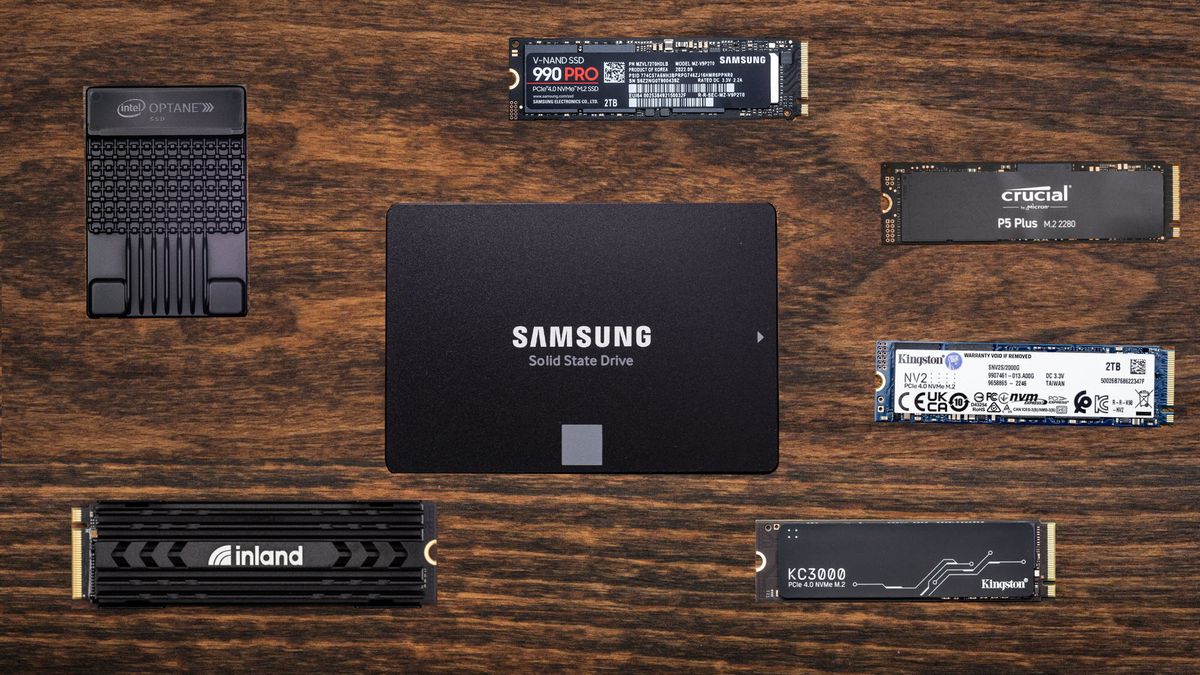
SSD Benchmark Was So Fast, My OS Loaded in Seconds
Solidly Stated – It started as a casual upgrade. I had been using a solid mid-range NVMe drive for my system for over a year, but curiosity and some TikTok tech reviews got the better of me. I ordered a next-gen PCIe Gen5 SSD without expecting a major leap. But after installation and a simple test, my jaw dropped. The SSD benchmark speed results exceeded anything I had seen before. What shocked me even more? My OS went from powered off to login screen in just under four seconds. It wasn’t just fast it felt like I had unlocked a secret tier of computing power. The SSD benchmark speed had redefined my entire system performance.
Why This Benchmark Test Matters
Benchmarks aren’t just numbers. They are tangible indicators of real-world performance. I used popular tools like CrystalDiskMark and ATTO Disk Benchmark to evaluate my SSD benchmark speed, expecting modest gains. What I got instead were read speeds exceeding 12,000MB/s and write speeds nearly at 11,000MB/s. These aren’t synthetic bragging rights—these speeds translated into real improvement in boot time, app launches, and even game level loading. Understanding SSD benchmark speed gave me a clearer picture of how storage, not just CPU or RAM, drives the user experience. The gains weren’t just measurable—they were immediately noticeable.
Choosing the Right SSD for Explosive Results
Not all SSDs are created equal. The one I installed was the latest Gen5 NVMe SSD paired with a motherboard that supported full PCIe 5.0 lanes. Without proper pairing, even the fastest drive will be bottlenecked. To hit the insane SSD benchmark speed I experienced, I also ensured optimal cooling and updated firmware. Many overlook thermal throttling, which kills performance during extended use. I added a heatsink and fan designed specifically for SSDs, and it made a huge difference. Matching the right hardware ecosystem is essential to achieve top-tier SSD benchmark speed, and I learned that lesson firsthand.
What Happens When Everything Loads Instantly
The real magic started after benchmarks. I rebooted my PC, and before I could even finish exhaling, the OS had loaded. Applications like Photoshop, Blender, and Visual Studio Code launched as if they were already running in RAM. Games that once took 30 seconds to reach the main menu loaded in under 10. With SSD benchmark speed this high, it felt like multitasking with no delays, no hiccups, no loading bars. I even ran a 4K video edit directly off the SSD without pre-caching. The storage wasn’t just fast—it removed traditional workflow limits. My entire perception of responsiveness shifted after this SSD benchmark speed boost.
The Science Behind the Surge
PCIe Gen5 SSDs use twice the bandwidth of their Gen4 counterparts. That means more data travels faster across the bus. The SSD controller on my drive was also brand new—optimized for heat efficiency and multi-queue processing. These improvements mean better parallelism and sustained speeds. The NAND flash used was 232-layer TLC, a bleeding-edge configuration that allows more data in less space. When tuned correctly, every layer of this tech works in harmony to deliver unbelievable SSD benchmark speed. It’s not marketing hype—it’s physics, optimized at scale for real-world usage.
Real-World Tasks That Became Instant
My job involves web development, frequent builds, running VMs, and compressing large data files. Each of these benefited from my upgraded SSD benchmark speed. Docker containers that used to take a minute to initialize were up in ten seconds. Code compilation cut in half. Transferring a 100GB project folder took just over 20 seconds. Even OS updates—normally a pain—applied faster than ever. With this SSD benchmark speed, my PC started to feel like a high-performance server in a data center. It wasn’t just about one impressive boot; it was about daily tasks being transformed.
What This Means for the Average User
Most people still use SATA SSDs or Gen3 NVMe drives, and for many, that’s sufficient. But for those working with large files, game mods, 3D rendering, or enterprise workloads, jumping to Gen5 is a no-brainer. The cost is still higher than average, but the time saved is significant. Every second shaved off load time adds up. If you’re building a new rig in 2025, factor SSD benchmark speed into your priorities—don’t let it be an afterthought. The productivity gains are real, and the satisfaction of using a system that responds instantly is unmatched.
